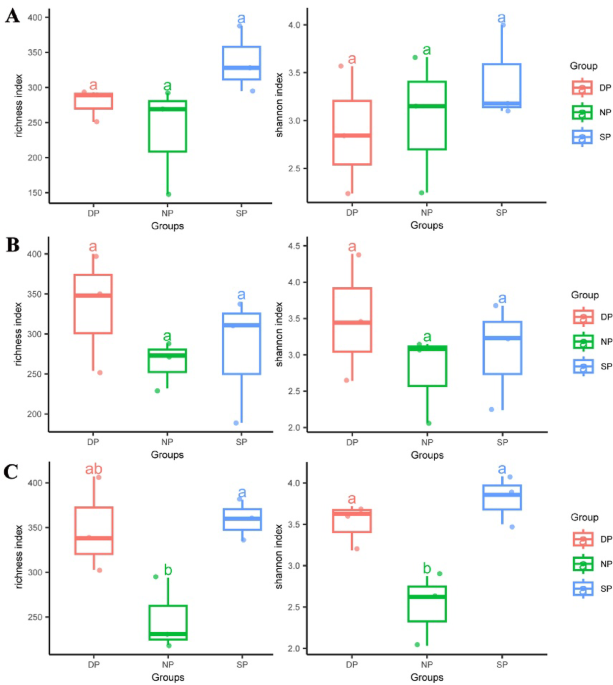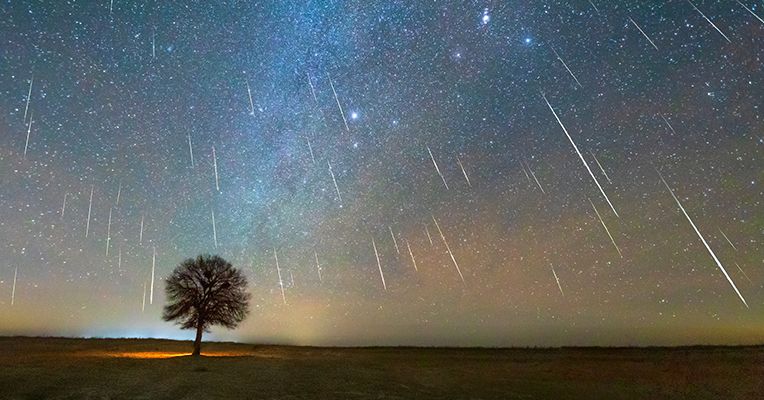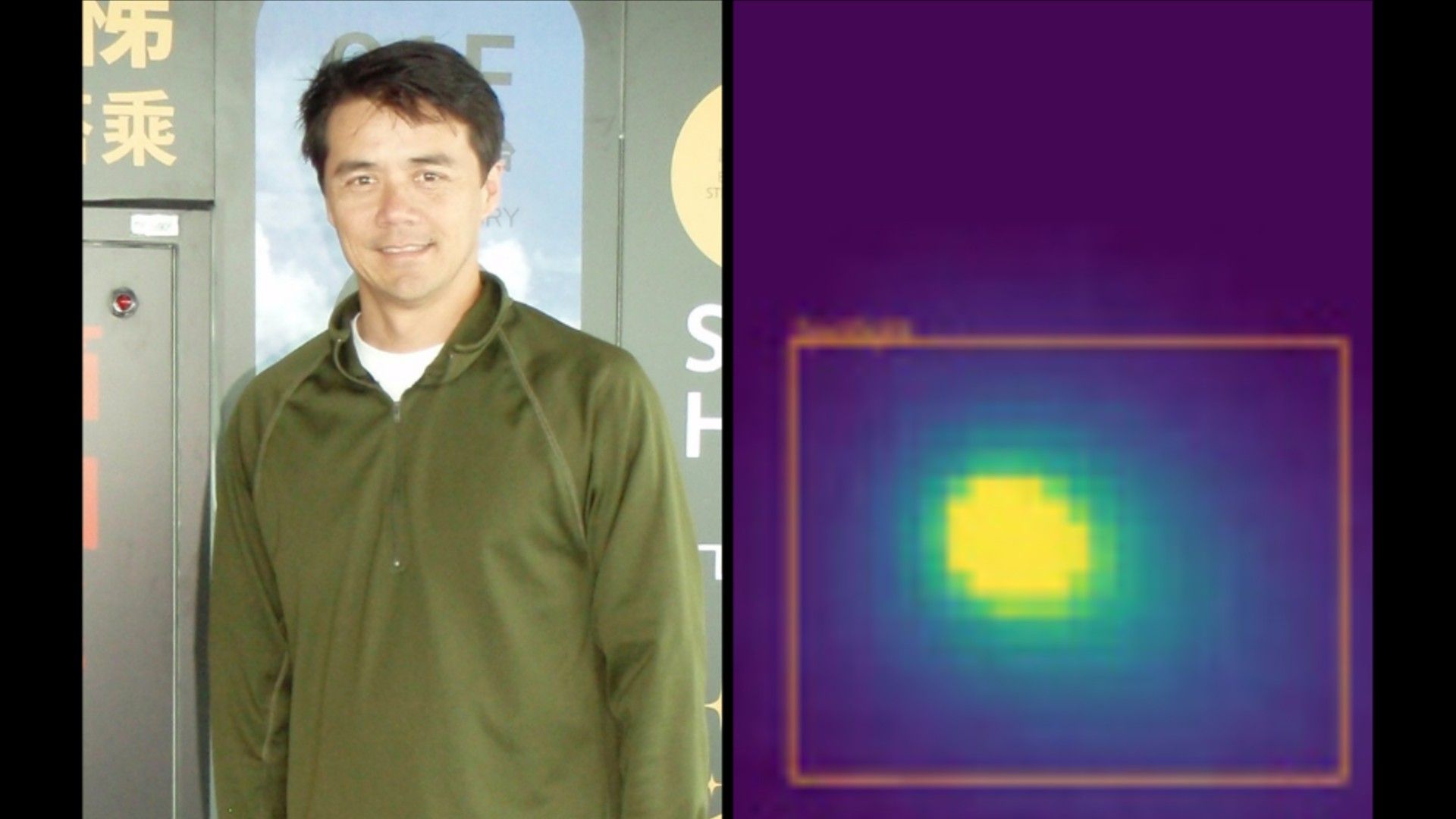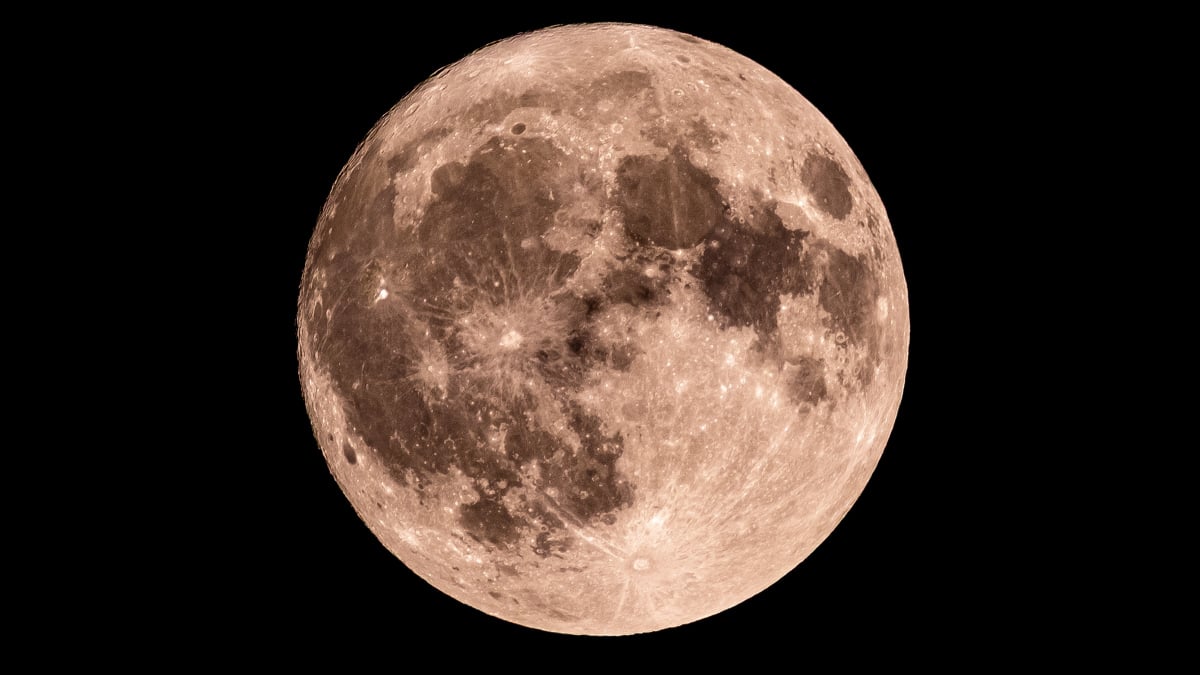In brief:
Whether you are heading to bed or seeking a midnight snack, you don’t need to turn on the lights to know where you are as you walk through your house at night. This hidden…
In brief:
Whether you are heading to bed or seeking a midnight snack, you don’t need to turn on the lights to know where you are as you walk through your house at night. This hidden…

A total of 1,695,573 ITS1 amplicon sequence reads were obtained from 27 samples, with an average of 62,799 reads per sample. After quality control using the EasyAmplicon pipeline, an average of 61,425 clean reads…

The Lyrids’ radiant, the constellation Hercules, rises well before midnight, so meteors are visible all night, but are most likely to be seen just before dawn, when the radiant reaches its highest point in the sky.
The Eta Aquariids (May)
The Eta…

Scientists in a record-breaking discovery have found a hidden star in a region…

When a bird spots a predator and casts an alarm, does it just react reflexively, or is it actually communicating a precise mental image of danger? New research from neuroscientists at the University of California, Berkeley, suggests the answer is…

computer program: A set of instructions that a computer uses to perform some analysis or computation. The writing of these instructions is known as computer programming.
context: The setting or circumstances that help explain an event,…

Astronomical interferometry relies on combining light from multiple telescopes to reveal fine details of celestial objects, and a crucial aspect of this technique is measuring the relationships between light waves. Andreas Zmija, Gisela Anton,…

What seemed to be just a normal evening on July 1, 2025 for Larry Denneau, senior software engineer and astronomer at the University of Hawaii’s Institute for Astronomy began the same way hundreds of nights before it had: with data quietly…

We’re just days away from the New Moon, with the Moon now shrinking to a just a thin sliver of light. This waning phase marks the final stretch of the lunar cycle.